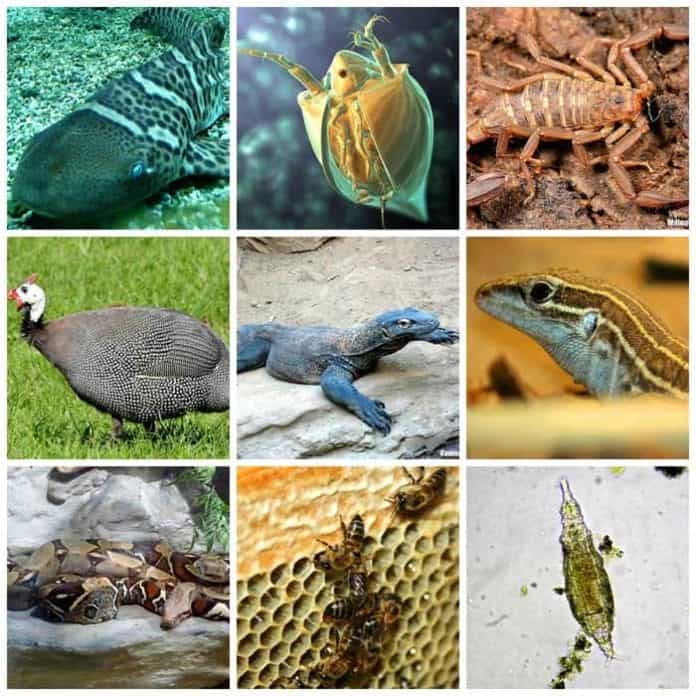
Asexual Reproduction: Imagine this. What if you could possibly reproduce without a partner? Wouldn’t that be great? As they say, life always finds a way; and for instance, perhaps parthenogenesis is just one of these life’s tricks.
The logic behind this phenomenon goes: if no suitable male partner is present, why waste more time when you have the ability to make “half-clones” of yourself?
Parthenogenesis[1], or more colloquially known as virgin birth, is a form of asexual reproduction wherein offspring are produced in the absence of fertilization or the fusion of gametes.
In this process, the resulting offspring is called the “parthenogen[2]” wherein animals that have two similar chromosomes for “maleness” (ZW sex determination) will always produce all male offspring while animals with two similar chromosomes for “femaleness” (XY sex determination) will always produce female offspring.
One great advantage why organisms resort to this kind of reproduction is to perpetuate their species even without their mate. However, one major disadvantage of it is the gradual loss of genetic diversity because of the limited (to no) shuffling of genes.
Already curious about it? So let’s not wait any longer, here are the top 10 most spectacular animals with asexual reproduction (i.e., virgin births):
Table of Contents
Asexual Reproduction In Organisms or Virgin Birth Creatures
1. Zebra Shark
| Kingdom | Order | Family | Genus | Species |
|---|---|---|---|---|
| Animalia | Orectolobiformes | Stegostomatidae | Stegostoma | Stegostoma fasciatum |
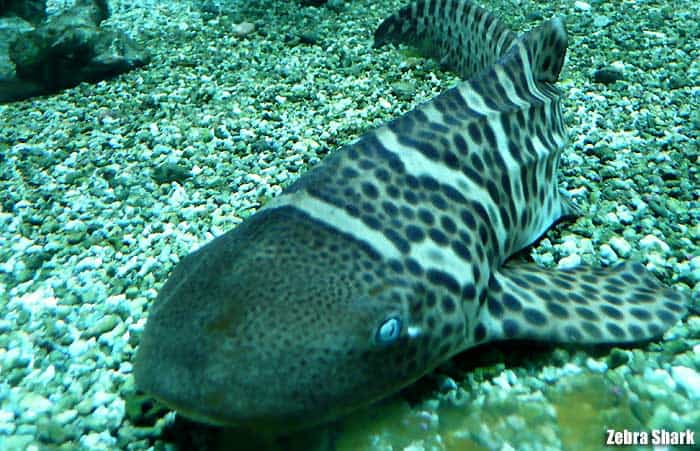
- The zebra shark named Leonie, housed in an aquarium in Australia, was the first ever recorded female zebra shark that had shifted its reproductive strategy to asexual from sexual.
- Sharks normally practice parthenogenesis in order to survive and perpetuate during long periods of isolation.
![]()
2. Water Flea
| Kingdom | Order | Family | Genus | Species |
|---|---|---|---|---|
| Animalia | Cladocera | Daphniidae | Daphnia | Daphniasp. |
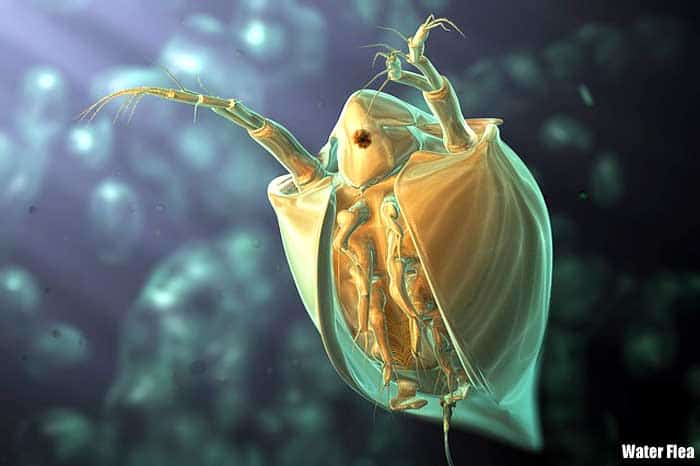
- The reason is pretty much obvious as these asexual organisms are capable of reproducing via parthenogenesis. And because of that, their female offspring are just exact copies of their mother.
- During reproduction, the female water flea produces eggs and then puts them inside a dorsal brood (egg) pouch until they are ready to be hatched.
![]()
3. Walnut Gulch Scorpion
| Kingdom | Order | Family | Genus | Species |
|---|---|---|---|---|
| Animalia | Scorpiones | Vaejovidae | Serradigitus | Serradigitus miscionei |
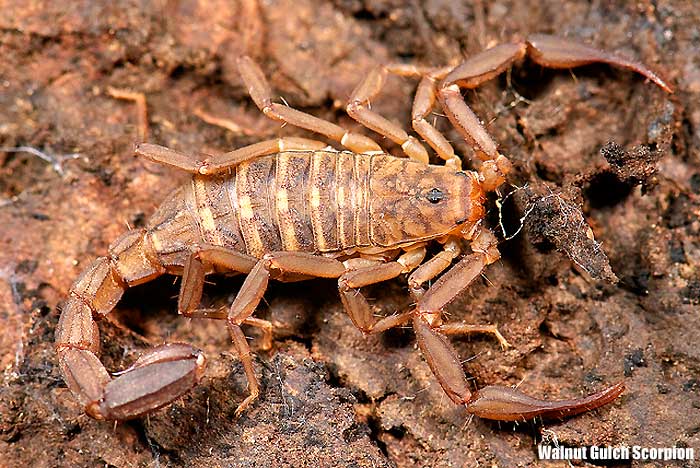
- A study[5] published in the journal Euscorpius revealed that among the 187 specimens of scorpions in the family Vaejovidae, all are identified to be biologically females. Such report is the first ever record of parthenogenesis from North America.
- In addition, it is believed by scientists that parthenogenesis in scorpions is often induced by a particular bacteria known as Wolbachia that triggers feminizations of arthropods.
![]()
4. Parasitic Flatworms
| Kingdom | Order | Family | Genus | Species |
|---|---|---|---|---|
| Animalia | Tricladida | Dugesiidae | Schmidtea | Schmidtea polychroa |
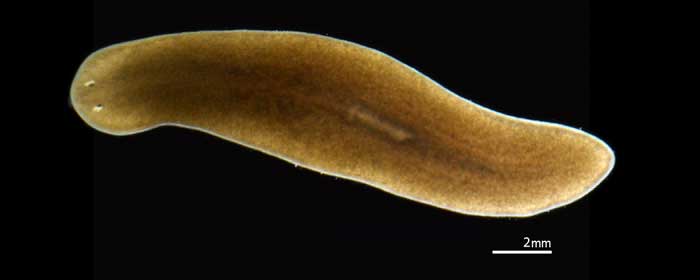
- Despite this, there are still scientific evidences[7] that proved the prevalence of occasional sexual activities by these parasitic worms. Apparently, about 12% of the whole population is observed to practice such activity.
![]()
5. Turkey
| Kingdom | Order | Family | Genus | Species |
|---|---|---|---|---|
| Animalia | Galliformes | Phasianidae | Meleagris | Meleagris sp. |
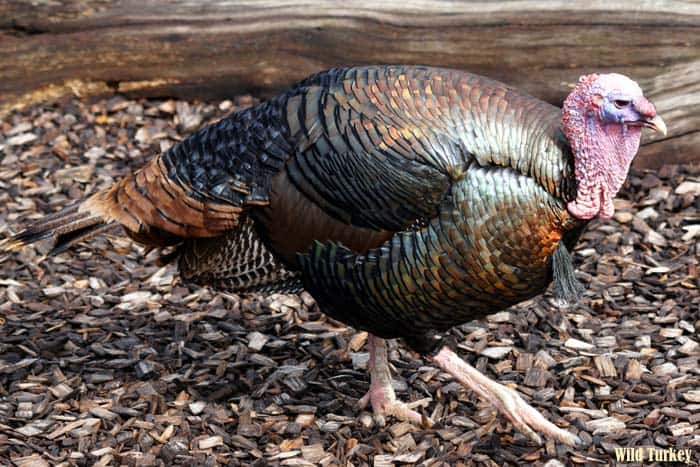 Parthenogenesis in vertebrates[8] is very rare and more complicated. Regardless of the fact these organisms produced by parthenogenesis have only a mother, they are not clones. Normally, the offspring carries both half the genes of its mother and the other half to be provided by its father. During parthenogenesis, however, the maternal chromosomes doubles in order to produce the supposedly complement. Perhaps the best understood[9] parthenogenetic vertebrate is the turkey Meleagris.
Parthenogenesis in vertebrates[8] is very rare and more complicated. Regardless of the fact these organisms produced by parthenogenesis have only a mother, they are not clones. Normally, the offspring carries both half the genes of its mother and the other half to be provided by its father. During parthenogenesis, however, the maternal chromosomes doubles in order to produce the supposedly complement. Perhaps the best understood[9] parthenogenetic vertebrate is the turkey Meleagris.
- Studies revealed that up to 30% (and about 40% when selectively bred) of unfertilized turkey eggs can just arise. Turkeys, like any other birds, bear the Z and W chromosomes (males have ZZ while females have ZW).
- In 1975[10], about 50 mature “fatherless” turkeys were documented by the US government.
- Eggs produced through parthenogenesis usually take longer incubation[11] time as compared to their normal counterparts which are result of fertilization. However, their stay inside the uterus is rather short as not much shell is ought to be created.
![]()
6. Komodo Dragon
| Kingdom | Order | Family | Genus | Species |
|---|---|---|---|---|
| Animalia | Squamata | Varanidae | Varanus | Varanus komodoensis |
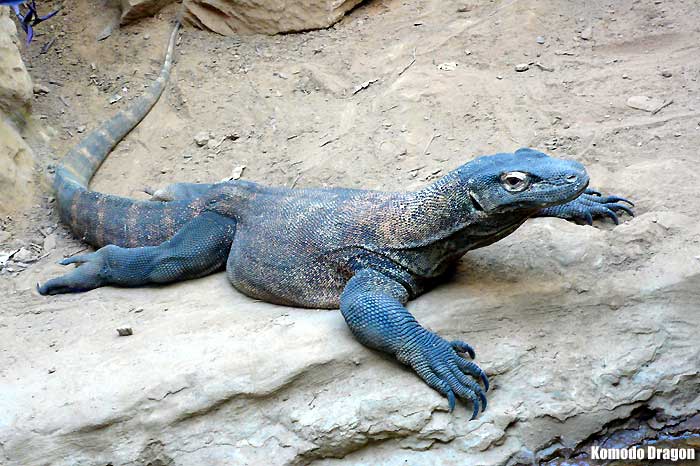
- A study published[12] in the journal Naturereported seven virgin births of unfertilized Komodo dragons in European zoos.
![]()
7. Whiptail Lizards
| Kingdom | Order | Family | Genus | Species |
|---|---|---|---|---|
| Animalia | Squamata | Teiidae | Aspidoscelis | Aspidoscelis uniparens |
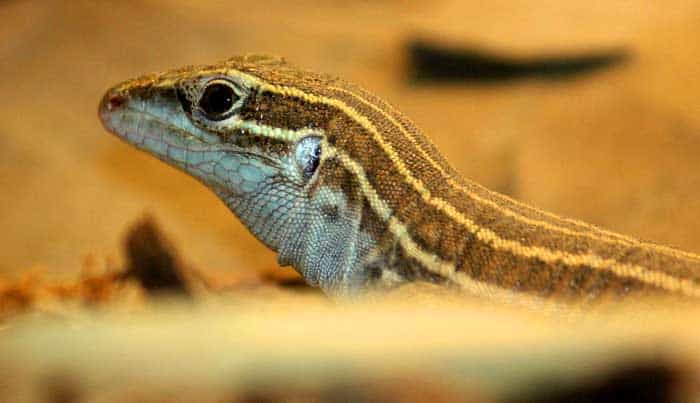
- Interestingly, this species of lizards still display mating[13] behaviors despite the absence of males in their population.
- Such behavior of mounting other females, which is believed by scientists to be hormonally driven, is highly advantageous because it further stimulates their reproductive success.
![]()
8. Boa Constrictor
| Kingdom | Order | Family | Genus | Species |
|---|---|---|---|---|
| Animalia | Squamata | Boidae | Boa | Boa constrictor |
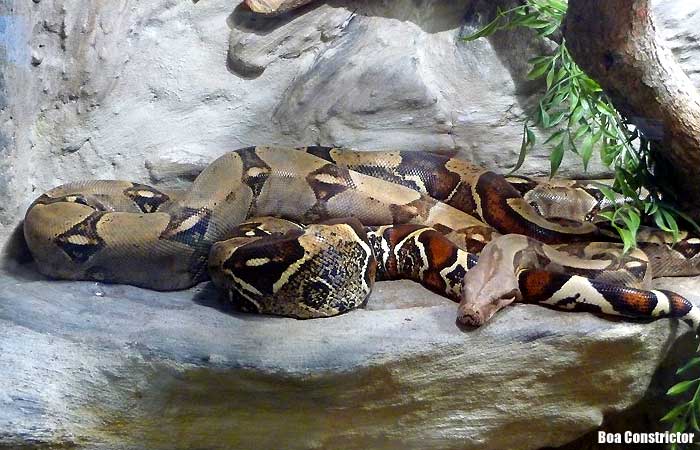
- This Boa constrictor had two virgin births despite of the fact that it was placed inside a cage with multiple males.
- More surprising though, is that no vertebrate that had the WW genotype has ever been recorded to produce a viable WW offspring until this one[15] .
![]()
9. Cape Honeybees
| Kingdom | Order | Family | Genus | Species |
|---|---|---|---|---|
| Animalia | Hymenoptera | Apidae | Apis | Apis capensis |
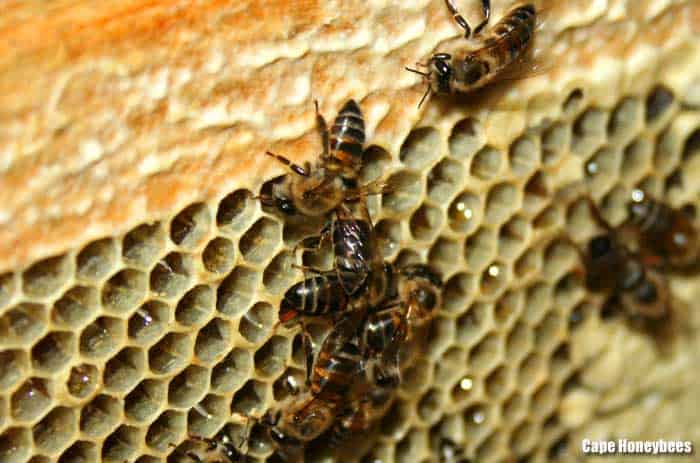
- Interestingly, the female working bees, through parthenogenesis, give rise to these male drones.
- In addition to this, some strains of parasitic bacteria can induce parthenogenesis to happen in female worker bees.
![]()
10. Bdelloids
| Kingdom | Order | Family | Genus | Species |
|---|---|---|---|---|
| Animalia | Adinetida | Philodinavidae | Rotaria | Bdelloidea |
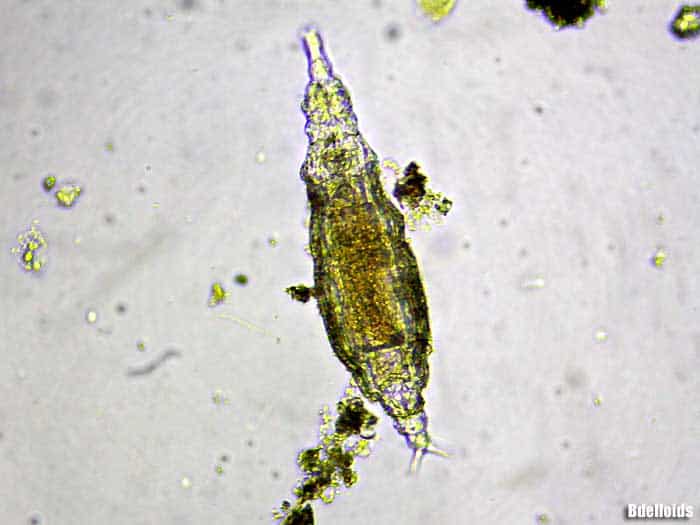
- This class of rotifers[17] is perhaps one of the most important organisms in the study of evolutionary biology as they are considered as the “most ancient asexuals“.
- This class is composed of all female members that produce their own (female) offspring from unfertilized eggs asexually.
![]()
For most of the aforementioned organisms, virgin births might only be their last option in order to perpetuate their species. Most scientists believe that it is an evolutionary strategy developed by early vertebrates that found that simply multiplying themselves is far more efficient and advantageous rather that spending time to find a mate.
Even with present-day technology, a lot is still yet to be discovered about the origin of virgin births as well as how many organisms are capable of reproducing in this manner.
After all, scientists still have a lot more to learn about this phenomenon; and probably the next ultimate question that comes into their minds is: “Could a human naturally be produced by virgin birth too“?
![]()
Cite This Page
References
- [1] – “Switch from sexual to parthenogenetic reproduction in a zebra shark | Scientific Reports”. Accessed July 23, 2017. Link.
- [2] – “Are There Really Virgin Births? | Mental Floss”. Accessed July 23, 2017. Link.
- [3] – “Zebra shark surprises scientists after giving birth without male – CNN.com”. Accessed July 23, 2017. Link.
- [4] – “Water Flea – Sacramento Splash”. Accessed July 23, 2017. Link.
- [5] – Study – PDF.
- [6] – “Heredity – Paternal inheritance in parthenogenetic forms of the planarian Schmidtea polychroa”. Accessed July 23, 2017. Link.
- [7] – “Population genetic structure of parthenogenetic flatworm populations with occasional sex – SÁNCHEZ NAVARRO – 2012 – Freshwater Biology – Wiley Online Library”. Accessed July 23, 2017. Link.
- [8] – “Strange but True: Komodo Dragons Show that "Virgin Births" Are Possible – Scientific American”. Accessed July 23, 2017. Link.
- [9] – “BBC – Earth – Spectacular real virgin births”. Accessed July 23, 2017. Link.
- [10] – “What Dad didn’t tell you about the birds and bees.”. Accessed July 23, 2017. Link.
- [11] – “Parthenogenesis: Embryonic development in unfertilized eggs may impact normal fertilization and embryonic mortality – The Poultry Site”. Accessed July 23, 2017. Link.
- [12] – “Parthenogenesis in Komodo dragons : Abstract : Nature”. Accessed July 23, 2017. Link.
- [13] – “The Verge Review of Animals: the all-female whiptail lizard – The Verge”. Accessed July 23, 2017. Link.
- [14] – “Girl Power: No Male? No Problem for Female Boa Constrictor | NC State News | NC State University”. Accessed July 23, 2017. Link.
- [15] – “BBC – Earth News – Snake gives ‘virgin birth’ to extraordinary babies”. Accessed July 23, 2017. Link.
- [16] – “Rotifera: Bdelloidea (PDF Download Available)”. Accessed July 23, 2017. Link.
- [17] – “Introduction to the Rotifera”. Accessed July 23, 2017. Link.


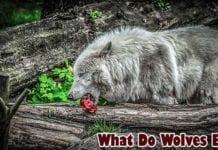
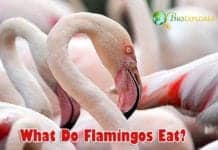
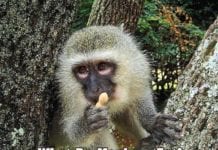
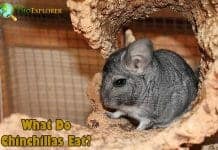
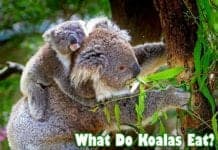










What you have pictured as a “Turkey” in #5 is actually a Guineafowl. Some in Europe refer to guineafowl as “turkey”, but there exists some confusion in your article because you reference the family Phasianidae, that normally contains the Turkey species native to North America. The Guineafowl that is pictured, normally originates in the family Numididae, and has origins in North Africa.
From everything I’ve read, it is the North American Turkey that is capable of asexual reproduction as you have described, not the guineafowl.
Cheers!
Good catch Jack! Fixed it now.